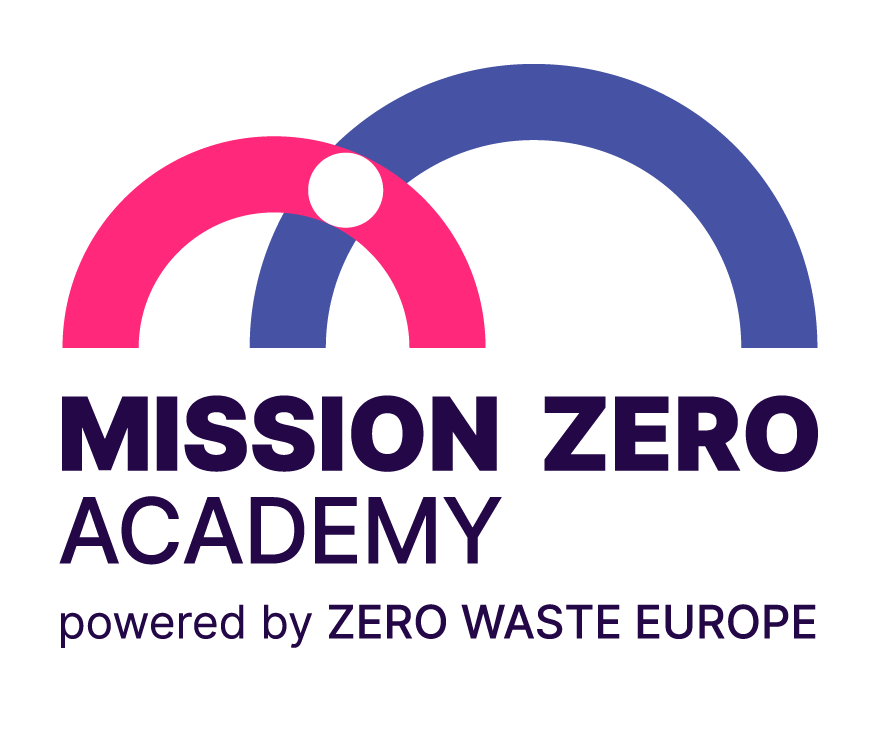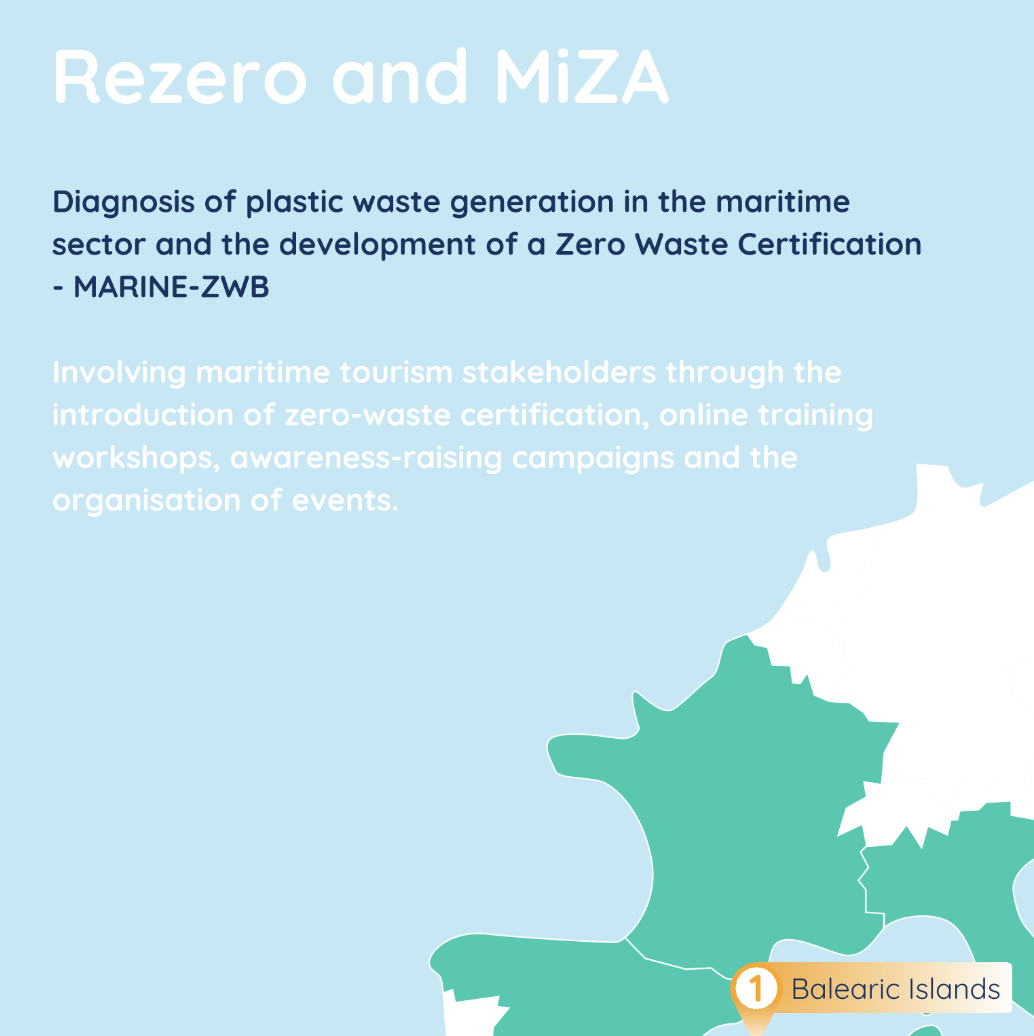Fashion production is expected to double within the next decade. We buy 60% more clothing than 15 years ago, but keep items for half as long, resulting in one garbage truck of textile waste being landfilled, incinerated, or dumped in nature every second. This waste problem places a heavy burden on lower and middle-income countries, where this waste is often shipped. As one of the world’s least regulated industries, the fashion industry greatly lacks accountability for these issues, frequently greenwashing in the process.
A deeper look into Europe’s textile consumption
Europeans consume on average 15 kg of textiles per person per year, and less than 1% of textile waste is recycled back into clothes, while 73% of all clothing ends up in landfill or is incinerated. Almost a third of all textile waste is unsuitable for fibre-to-fibre recycling because recyclability is almost never considered in the design phase.
As a result of cheap synthetics, fashion brands can sell cheap clothing, and people buy more of it and dispose of it more readily when trends change or low-quality garments wear out. The global textile value chain isn’t just bad for the environment; it also causes social problems, including child labour and sweatshops, a result of the demand for affordable clothing.
Promoting circularity in fashion
In March 2022, the EU Commission took the first steps to introduce policies and labelling that would give consumers more clarity on the recyclability and the environmental impact of their clothes and consumer goods. The plan is part of the EU executive’s efforts to promote a “circular economy” and push the creation of more durable, recyclable, and easier-to-repair products. One of the proposed policies at the centre of the upcoming new Textiles Strategy is Extended Producer Responsibility (EPR). This powerful market-based tool is an important opportunity to put the fashion industry on a more circular trajectory.
Within EPR, producers are ensured to be held responsible for the wasteful products they put on the market. One of the main sustainability policies in fashion companies is to rely on the waste of another sector by using recycled polyester from PET bottles, for example. The majority of clothing brands promote this as one of their main sustainability solutions, while the real problem, overproduction, poor quality of materials and waste, is largely ignored. Brands currently do not feel adequately responsible for the waste they indirectly put out in the world.
Addressing the fashion waste crisis with Extended Producer Responsibility (EPR)
EPR is a regulatory measure that requires companies to pay for the end-of-life costs associated with their products. It has so far mainly been applied to the packaging and electronics sectors. The EPR is expected to be the cornerstone of the EU strategy for sustainable textiles presented by the European Commission. By putting in place EPR end of life costs will be borne by producers, rather than municipalities, and by extension, citizens, as is currently the case.
In order for EPR to create real change in the clothing industry, there are a few key elements that should be reflected in the measure:
- Driving real change with higher costs for non-sustainable production
Textiles should be included in EPR schemes that go beyond simply imposing a price on producers. ‘Polluter pays’ is a principle that must be respected, but EPR schemes that simply allow brands to ‘pay to pollute’ for a small fee threaten to maintain the status quo.
EPR fees should be high enough to cover the full costs of collection and recycling and to meet EU targets for reuse and recycling.
Furthermore, this extended responsibility should be supported with fees that can cover extra costs associated with collecting waste and innovative product design. In the EU, separate collection of textile waste is already mandated by 2025. It is essential that EPR schemes support this by providing enough collection points so that the system truly serves the entire population and not just those living in cities. Additionally, fees should be designed in a way that drives innovation in product design. In this way, non-recyclable products (currently about a third of everything available in the EU) will be charged a higher fee.
- Set targets within the waste hierarchy
A circular economy is not the same as a recycling economy, and EPR schemes should make sure that waste prevention and re-use should always take precedence over recycling. This can be accomplished by integrating prevention and re-use targets at the EU level. Durability and repair criteria could also be introduced to support waste prevention.
Recent studies revealed that textile export destinations are burdened by the waste problem. For example, about 40% of all second-hand textiles sent to Ghana is actually waste. When clothes are sent for reuse to other countries, they must be properly sorted to ensure that low-quality clothing that cannot be used anymore, will not be exported and instead is recycled or properly disposed of in the EU.
- Closed-loop recycling over downcycling
If EPR schemes are going to be effective, incentives need to be in place to encourage clothes recycling back into clothes and avoid false circularity, for example, by using polyester derived from recycled plastic bottles. Open-loop recycling (such as recycling clothing into rags and insulation material) is currently the most common method of recycling textile waste. Even though this reduces waste going to landfill and the usage of virgin material in these products, it is recommended that closed-loop recycling targets (such as clothing-to-clothing recycling) be implemented under EPR.
- Transparent reporting
It is absolutely crucial that the EPR scheme is enforced with proper due diligence and transparent information is provided. This would help avoid non-compliance. This means regular audits should be done on the data supplied by producers of fashion and textiles by the appropriate parties, governments, and expert consulting groups.
- One EPR-system does not fit all
Textiles are, of course, more than just fashion. There should be EPR schemes for other groups of textile products, such as carpets, mattresses, and other applications, such as furniture. For example, Europe is the second-largest market for carpets and is one of the largest producers (an estimated 65% of the carpet demand in Europe is fulfilled by EU companies). These separate EPR targets should involve criteria for mandatory eco-design measures, setting minimum levels for recycled content, recyclability requirements and product passports.
The above are the main recommendations by Eunomia, a specialist, independent consultancy for sustainability. On top of these, there are numerous other ways to tackle issues like overproduction, such as progressive fees to encourage brands to produce less, and a ‘virgin plastic tax’ that addresses the use of fossil-fuel derived synthetics, like polyester.
The development of circular business models supported by regulation should not only be aimed at promoting circularity on a small scale, but should drive systemic change within the textiles sector towards a circular economy, fuelled by sustainable and safe products.
It’s time to put an end to the ‘take, make, break, and throw away’ model that is so harmful to our planet, our economy, and our health.
This article is based on the report ‘A New Look for the Fashion Industry’ by the Changing Markets Foundation, the European Environmental Bureau (EEB), and Zero Waste Europe.
Would you like to learn more about creating zero waste textile systems? Have a look at this Zero Waste Live! Webinar organised by the Zero Waste Cities programme.





